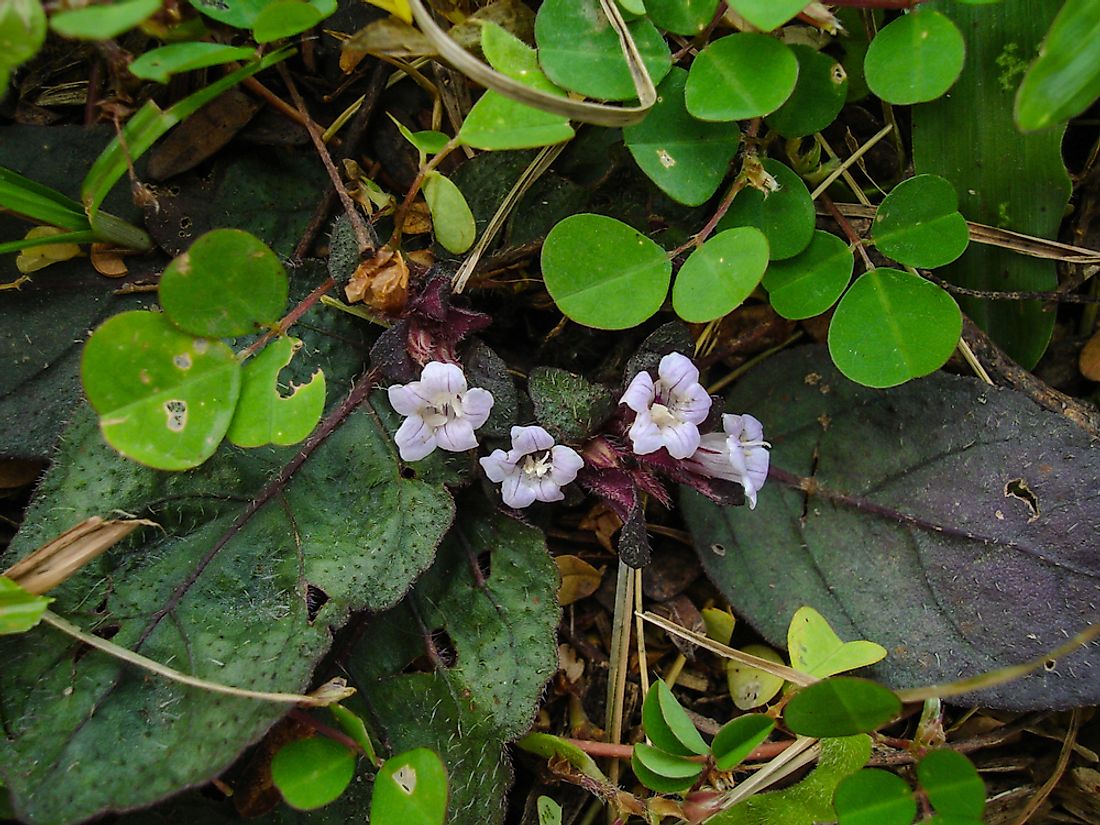What Is The State Flower Of Massachusetts?

Officially known as the Commonwealth of Massachusetts, the US state of Massachusetts is located in the northwestern region of the country in the New England region. The state became the sixth state to be admitted into the union after its admission back on February 6, 1788. The state has a number of symbols such as the official state flower which is the Mayflower. It was adopted as the state flower in 1918. Other names for the flower are the trailing arbutus and the ground laurel. The choice for the flower was made following the arrival of the Pilgrim Fathers at Plymouth Rock in their ship that was named “The Mayflower.” Upon arrival, they found the plant growing in abundance. They named it The Mayflower.
The Mayflower
Description
With a scientific name of Epigaea regens, the Mayflower has been listed as an endangered species in some states of the US. The flowers are pink in color and fading to white. They also have a strong fragrance. The flowers grow in clusters at the ends of the branches. The plant itself is woody and grow over the ground with rusty hairs covering the twigs. The leaves have alternate arrangement, rounded base, hair on the underside, and smooth on the upper side. The plant grows on moist acidic soil in shaded areas. The soil the plant prefers is also sandy or rocky. The range of the flower stretches from Newfoundland in Canada to the US state of Florida, all the way west to Kentucky, and finally to the Northwest Territories.
Use And Symbolism
As the official flower of Massachusetts and Nova Scotia, the flower forms part of the floral emblem of the state as well as the province of Nova Scotia. Since the plant is extremely endangered, the state has been enforcing a fine of $50 to anyone found digging up the plant.
The Algonquin people have traditionally used the leaves of the flower to treat kidney problems. The Cherokee also used a special decoction prepared using the plant in order to trigger vomiting, which helps with abdominal discomforts and pains. The Iroquois also used a special compound prepared from the flower to help mothers with labor pains, treat rheumatism, indigestion, and kidney problems.











